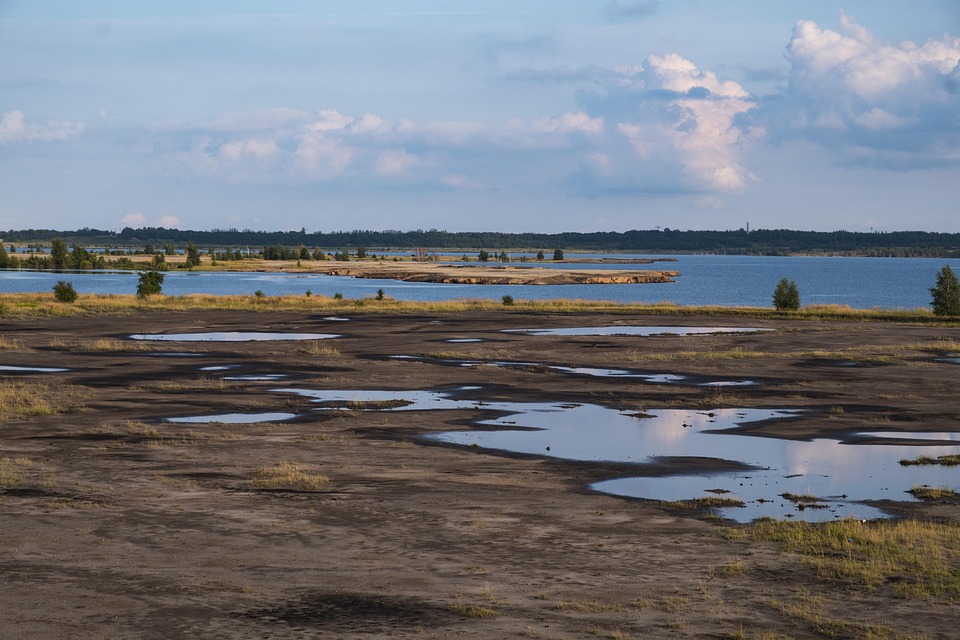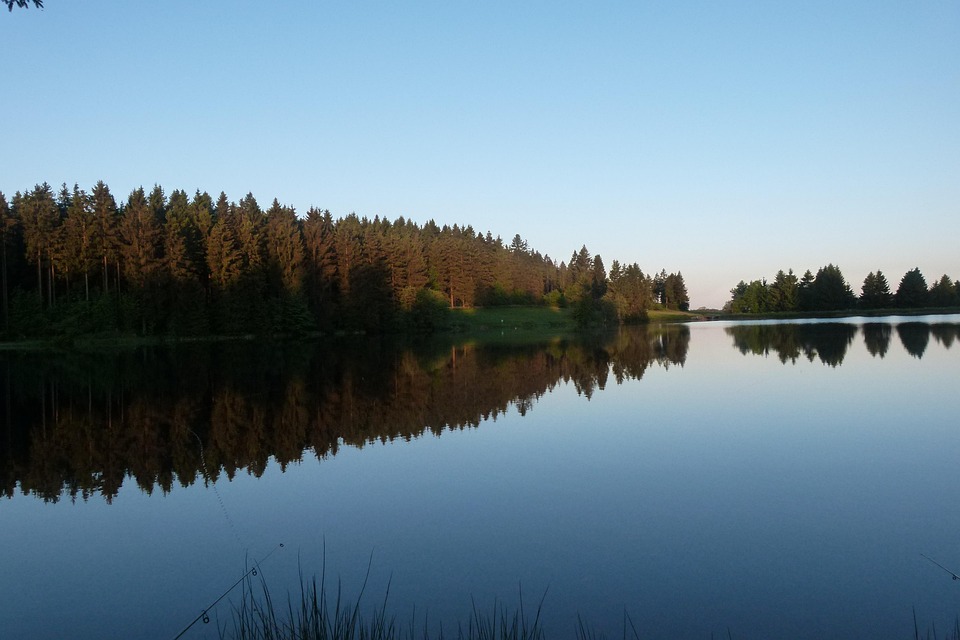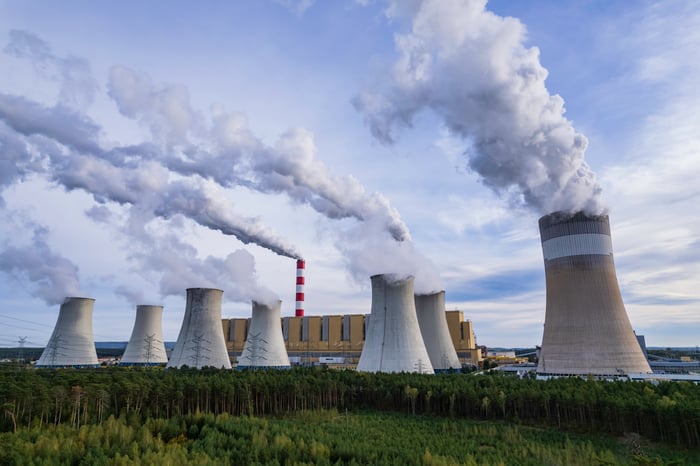Researchers from Curtin University and the Geological Survey of Western Australia (GSWA) have discovered that the world’s richest hard-rock lithium deposits likely formed deeper in the Earth, closer to the mantle rather than near the surface. This finding challenges longstanding geological theories and could transform global lithium exploration strategies, particularly as the demand for this critical mineral surges due to its use in batteries for electric vehicles and renewable energy storage.
Western Australia currently produces about 35% of the world’s lithium, which is more than 1.5 times the output of Chile, the next-largest supplier. The research, published in Nature, indicates that lithium-rich magmas formed from mantle-derived melts, suggesting that effective exploration strategies should focus on the unique geological features of Archean terrains, over 2.5 billion years old, found in regions like Pilbara and Yilgarn.










